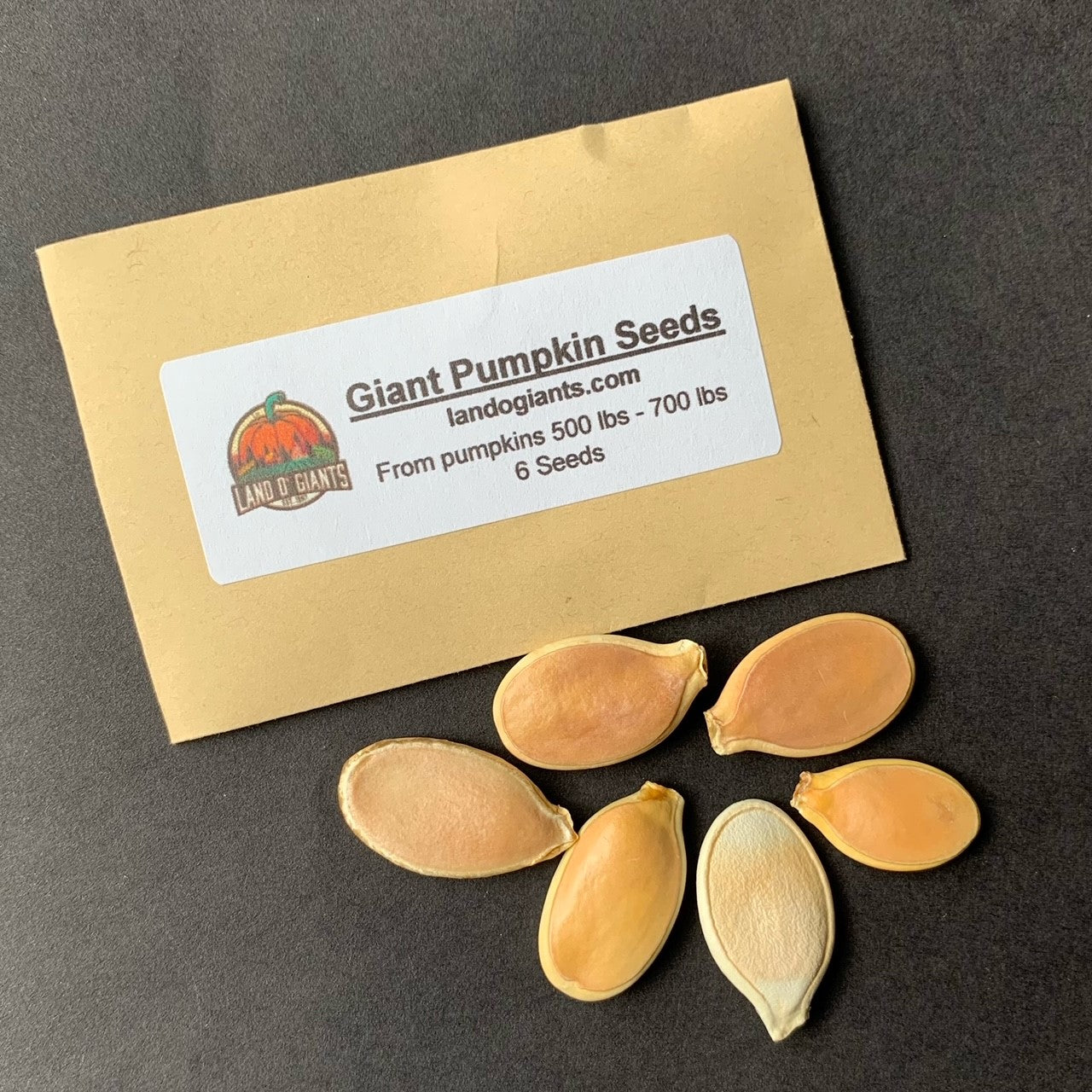If you live in North America east of the Rocky Mountains, or in Central America and enjoy growing cucurbits, you run the risk of having your thriving plants wiped out by the dreaded squash vine borer (Melittia cucurbitae). The squash vine borer (SVB) is a diurnal, clearwing moth species whose larvae are responsible for destroying many cucurbits while in their prime. The Larvae burrow into the vines of summer squash, winter squash, and pumpkins and disrupt the flow of xylem and phloem, causing their host to wilt as water and nutrients are cut off from the rest of the plant [1, 2, 3]. The damage inflicted on host cucurbits depends on the number of larvae and the point of entry into the plant. Larvae burrowing into runners or secondary vines, will cut off nutrients to that part of the plant, but leave the rest unaffected [1, 4]. If larvae burrow into the base of the main stem, damage will occur and if not caught quickly, kill the entire plant. Larvae will also occasionally bore into the fruit itself, usually occurring late in the season [1, 5, 6].
Life Stages
SVB adults are medium-sized moths that have a black or dark blue-green thorax and bright orange coloration on the legs and abdomen [1, 7]. The forewings are metallic green and opaque while the hind wings are transparent. Adult female squash vine borers lay individual small, reddish-brown eggs [8] on the stems and leaves of cucurbits, usually at the base of the plant or the underside of the stem [1, 9]. Females can lay anywhere from 150 to 200 eggs in a lifetime [1, 8, 10].
SVB larvae are about one inch long with a fat, white, wrinkled body and brown head. After hatching, they burrow into the vine and will feed on the surrounding plant tissue, hollowing out a small section and remaining in their host for 24–27 days [1, 11]. In extreme cases of infestation, larvae can completely sever the stem of their host [1, 12]. A tell-tale sign when a plant is infested are holes at the base with green or orange-yellow sawdust-like frass. When the mature larva has had its fill, it exits the vines and burrows 1 - 2 inches into the soil surrounding the host plant and spins a silken cocoon to pupate [8]. Squash vine borers overwinter in this state, and emerge the next season as adults.
After emerging from the soil, adult females search for new host plants on which to lay eggs and can travel distances of up to a mile if suitable hosts are not present nearby [1, 6, 13, 14]. In northern states, adults usually emerge once per year, around June or early July [1, 5, 15]. In southern latitudes, two SVB generations can emerge during a single season, starting in spring and extending to September or mid October [1, 5, 16].
Prevention
Controlling the squash vine borers is about prevention and unfortunately, there is not a single method best at deterring them from attacking your favorite cucurbits. Butternut squash, cucumbers, and melons have a low SVB target rate [17] thereby having a higher rate of fruiting success. Cultural and mechanical controls in conjunction with the use of insecticides may have the greatest effectiveness at providing protection and remain the best line of defense for growers [1]. Cultural and mechanical controls that have shown the most promise at protecting plants include field sanitation, tilling, crop rotation, pheromone traps, row covers, and trap cropping.
Field sanitation, tilling, and crop rotation are important since squash vine borers live in the soil where cucurbits were planted the previous year. Destroying squash vine borer larvae in the soil or in the remains of old crops will help limit pest populations and can mitigate future outbreaks. Plants that are killed during the growing season should be removed immediately and discarded [1, 3] before the SVB pupate in the soil. Tilling to a depth below 2 inches will help kill overwintering larvae and pupae. Individuals that are not killed outright, will often be buried too deep to survive or will be brought to the surface where they are more vulnerable to predators [1, 10]. Crop rotation is important for cucurbit growers so adult females don’t have an immediate host to lay eggs. If a grower is limited by space and cannot grow cucurbits in a separate area, waiting a year between plantings can achieve a similar effect [1, 6].
Monitoring for adults using pheromone traps has been effective at alerting growers when the SVB emerges to take protective measures. This type of trap uses a slow-release pheromone that females use to attract males to mate but is undetectable to humans. The idea is to disrupt nearby breeding males by catching them in the pheromone traps to help reduce larvae populations in year one while reducing adult populations in year two. Mark “Bubba” Clementz, a champion vegetable and giant pumpkin grower said it best, “It’s a great way to eliminate males to reduce future SVB populations.”
Row covers and trap cropping have shown some success limiting SVB damage. Row covers have to be fully attached to the ground and need to be placed in areas where cucurbits were not grown the previous year [1, 17, 18, 19]. Squash vine borers can also be lured away from crops by planting more attractive cultivars in a perimeter or just near the main plant. Squash vine borers lay eggs on the trap crop, thereby sparing the less susceptible cultivars from damage. The trap crop is treated with insecticides or destroyed after infestation to kill the larvae [20]. For this method to be effective, the trap crop must be significantly more desirable to the pest than the main crop being grown [1].
For many growers, applying insecticides is common when trying to reduce the incidence of SVB damage. Timing is critical to achieve effective control as larvae will not be affected by insecticides once they are inside the stems [1, 4, 7, 15]. It should also be noted that insecticides can be very damaging to beneficial pollinator populations and there are relatively few studies directly testing their efficacy for controlling squash vine borers [1].
In the event that you do notice a SVB infestation, slice up the infected vine from the entry hole and kill the larvae. Once you have killed them, mound moist soil over the cut area. New roots may grow around the cut allowing the plant to survive [1, 5, 17]. While the chance of saving the plant is small, this is a commonly recommended option for gardeners [1, 18, 19, 21].
In conclusion, there is not a single effective method to safeguard your cucurbits from becoming a host for the squash vine borer. Population control is key and using several methods in conjunction may be the most reliable way to protect crops from damage…. Plus a lot of luck.
Cheers!
Brooke
References:
- Middleton, E. Biology and Management of Squash Vine Borer (Lepidoptera: Sesiidae), Journal of Integrated Pest Management, Volume 9, Issue 1, 2018, 22, https://doi.org/10.1093/jipm/pmy012
- Seaman, A. 2013. Biology and management of squash vine borer in organic farming systems. http://articles.extension.org/pages/65684/biology-and-management-of-squash-vine-borer-in-organic-farming-systems
- Kariuki, E., and J. L. Gillett-Kaufman. 2017. Squash vine borer Melittia cucurbitae (Harris) (Insecta : Lepidoptera : Sesiidae). http://edis.ifas.ufl.edu/in1068
- Dellinger, T. A., and E. Day. 2015. Squash vine borer. http://pubs.ext.vt.edu/content/dam/pubs_ext_vt_edu/3104/3104-1566/3104-1566_pdf.pdf
- Britton, W. E. 1919. Insects attacking squash, cucumber, and allied plants in Connecticut. Bull.-Conn. Agric. Exp. Station 216:27, 32–50.
- Eaton, A., and G. Hamilton. 2014. Managing squash vine borer problems in New Hampshire. https://extension.unh.edu/resources/files/Resource004198_Rep6024.pdf
- Fleischer, S. 2001. Squash vine borer. http://ento.psu.edu/extension/factsheets/squash-vine-borer
- Capinera, J. L. 2008. Squash Vine Borer, Melittia cucurbitae (Harris) (Lepidoptera: Sesiidaae), pp. 3533–3536. InJ. L.Capinera (ed.), Encyclopedia of entomology. Springer Netherlands, Dordrecht, the Netherlands.
- Brust, G. E. 2010. Squash vine borer (Lepidoptera: Sesiidae) management in pumpkin in the mid-Atlantic. J. Appl. Entomol. 134: 781–788.
- Bauernfeind, R., and J. R. Nechols. 2005. Squash bugs and squash vine borers. http://www.thomas.k-state.edu/lawnandgarden/docs/squashbugs.pdf
- Canhilal, R., G. R. Carner, R. P. Griffin, D. M. Jackson, and D. R. Alverson. 2006. Life history of the squash vine borer, Melittia cucurbitae (Harris) (Lepidoptera: Sesiidae) in South Carolina. J. Agric. Urban Entomol. 23: 1–6.
- Howe, W. L., and A. M. Rhodes. 1973. Host relationships of the squash vine borer, Melittia cucurbitae with species of cucurbita. Ann. Entomol. Soc. Am. 66: 266–269.
- Worthley, H. N. 1923. The control of the squash vine borer in Massachusetts. Bull.-Mass. Agric. Exp. Station218: 70–80.
- Pearson, G. A. 1995. Sesiid pheromone increases squash vine borer (Lepidoptera: Sesiidae) infestation. Environ. Entomol. 24: 1627–1632.
- Klass, C. 2010. Squash vine borer damage symptoms. http://idl.entomology.cornell.edu/wp-content/uploads/Squash-Vine-Borer-1.pdf
- Jackson, D., R. Canhilal, and G. Carner. 2005. Trap monitoring squash vine borers in cucurbits. J. Agric. Urban Entomol. 22: 27–39.
- Schuh, M., J. Hahn, and S. Burkness. 2022. Squash vine borers. University of Minnesota Extension. https://extension.umn.edu/yard-and-garden-insects/squash-vine-borers#cultural-controls-3112161
- Hahn, J., and S. Burkness. 2007. Squash vine borer management in home gardens. https://extension.umn.edu/yard-and-garden-insects/squash-vine-borers
- Van Wychen Bennett, K., E. C. Bukness, and W. D. Hutchison. 2015. Squash vine borer. https://www.vegedge.umn.edu/pest-profiles/pests/squash-vine-borer
- Seaman, A. 2013. Biology and management of squash vine borer in organic farming systems. http://articles.extension.org/pages/65684/biology-and-management-of-squash-vine-borer-in-organic-farming-systems
- Hale, F. A. 2010. SP503-A-Squash vine borer. http://trace.tennessee.edu/utk_agexdise/45/

